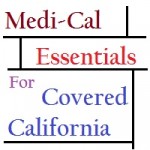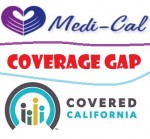Blue Shield of California announced that it was getting a slice of the lucrative government Medi-Cal pie with its acquisition of Care1st of Los Angeles County. Blue Shield has been missing the easy money of Medi-Cal payments that Blue Cross, Health Net and Kaiser have been receiving from different California counties when they offer a Medi-Cal managed care HMO […]











